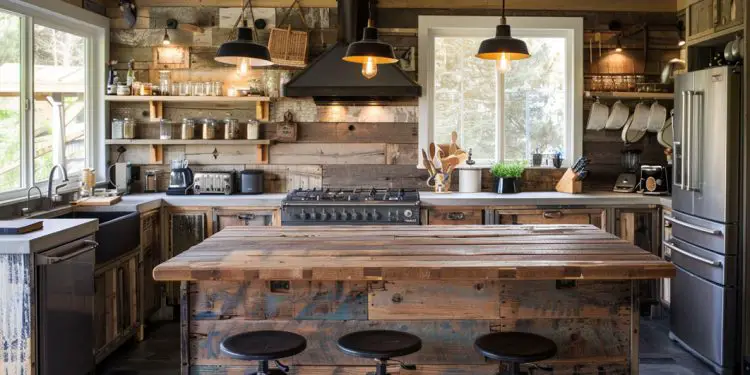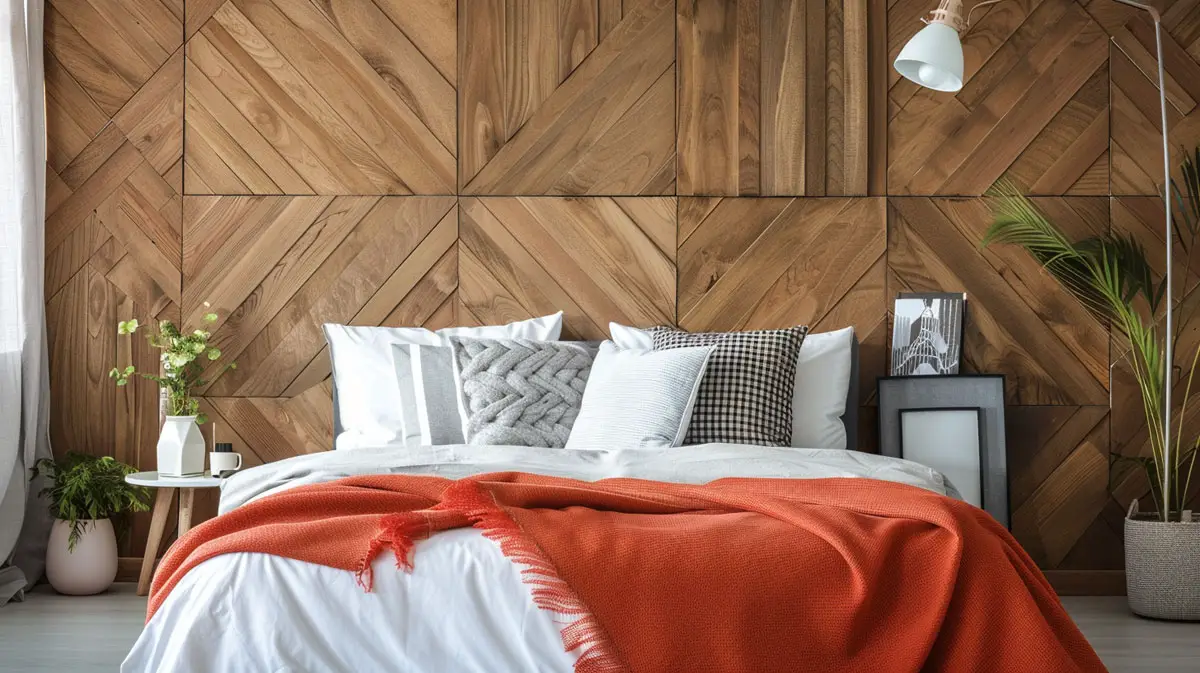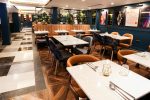The Evolution of Interior Design Over the Past Five Years

The realm of interior design is a dynamic and ever-evolving field, continuously shaped by cultural shifts, technological advancements, and changing consumer preferences. Over the past five years, interior design has experienced significant transformations, moving away from traditional aesthetics to embrace more contemporary, sustainable, and personalized approaches. One notable trend in this evolution is the resurgence of wall panelling, which has been reimagined to suit modern tastes and functionalities.
Rise of Sustainability and Eco-Friendly Designs
One of the most prominent changes in interior design has been the increasing emphasis on sustainability. With growing awareness of environmental issues, consumers and designers alike have sought out eco-friendly materials and practices. This shift has led to the widespread use of sustainable materials like reclaimed wood, bamboo, and recycled metals. Furniture and decor are often sourced from companies that prioritize ethical production processes and reduced carbon footprints.
Wall panelling has also benefitted from this sustainable trend. Traditional wood panelling, once a hallmark of classic interiors, has been reinvented using reclaimed or sustainably sourced wood. This not only adds a warm, natural aesthetic to spaces but also aligns with the eco-conscious values of modern homeowners. Additionally, newer materials such as recycled plastic and composite panels offer environmentally friendly alternatives without compromising on style or durability.
Technological Integration and Smart Homes
The integration of technology into interior design has revolutionized the way we interact with our living spaces. Smart home systems, including lighting, climate control, and security, have become integral components of modern interiors. These technologies are not just about convenience; they also enhance energy efficiency and offer greater control over the home environment.
Wall panelling has adapted to this technological shift by incorporating smart features. Panels can now be equipped with integrated lighting systems, hidden speakers, and even smart displays that blend seamlessly into the wall. This fusion of design and technology creates a cohesive and futuristic aesthetic while maintaining the functionality that modern homeowners demand.
Emphasis on Personalization and Unique Aesthetics
Personalization has become a key driver in interior design, with homeowners seeking to create spaces that reflect their individual tastes and lifestyles. This trend has led to a departure from uniform, cookie-cutter designs towards more eclectic and bespoke interiors. Custom furniture, unique art pieces, and personalized decor elements are now in high demand.
Wall panelling has played a significant role in this trend towards personalization. Unlike the uniform wood panels of the past, modern panelling options come in a wide variety of materials, textures, and patterns. From geometric designs and 3D effects to custom murals and mixed-media installations, wall panelling allows homeowners to make bold, personal statements. This customization not only adds character to a space but also creates focal points that draw the eye and enhance the overall aesthetic.
Minimalism and Multi-Functional Spaces
The past five years have seen a continued appreciation for minimalism, driven by a desire for simplicity and functionality in increasingly busy lives. Minimalist design focuses on clean lines, uncluttered spaces, and a neutral colour palette, creating a calming and orderly environment. However, this simplicity does not mean a lack of creativity or warmth; rather, it emphasizes quality over quantity and thoughtful design choices.
Wall panelling has adapted to minimalism by offering sleek, understated options that complement the minimalist ethos. Smooth, flat panels in muted tones or natural wood finishes can create a serene backdrop without overwhelming the space. Additionally, panelling can be used to conceal storage solutions, integrate shelving, or even house fold-out furniture, maximizing functionality in smaller living areas.
The Return of Texture and Natural Elements
While minimalism focuses on simplicity, there has also been a resurgence of interest in texture and natural elements in interior design. This trend is characterized by the use of materials that add depth and tactile interest to a space. Textured wall panelling, such as shiplap, beadboard, and even raw concrete, has become increasingly popular for adding a sense of dimension and warmth.
Natural elements like stone, brick, and wood are being incorporated into wall panelling designs to bring an organic feel to interiors. These materials not only enhance the visual appeal but also create a connection to nature, which is increasingly sought after in urban environments. The juxtaposition of these textures against modern furnishings and decor creates a balanced and inviting atmosphere.
Conclusion
The past five years have seen significant changes in interior design, driven by sustainability, technology, personalization, minimalism, and texture. Wall panelling, once considered a dated design element, has been revitalized to meet these contemporary trends. From sustainable materials and smart integrations to personalized designs and textured finishes, modern wall panelling offers a versatile and stylish solution for today’s interiors. As we continue to navigate an ever-changing world, the ability of interior design to adapt and innovate ensures that our living spaces remain functional, beautiful, and reflective of our evolving lifestyles.










